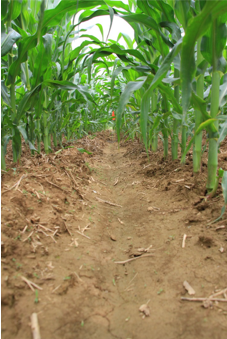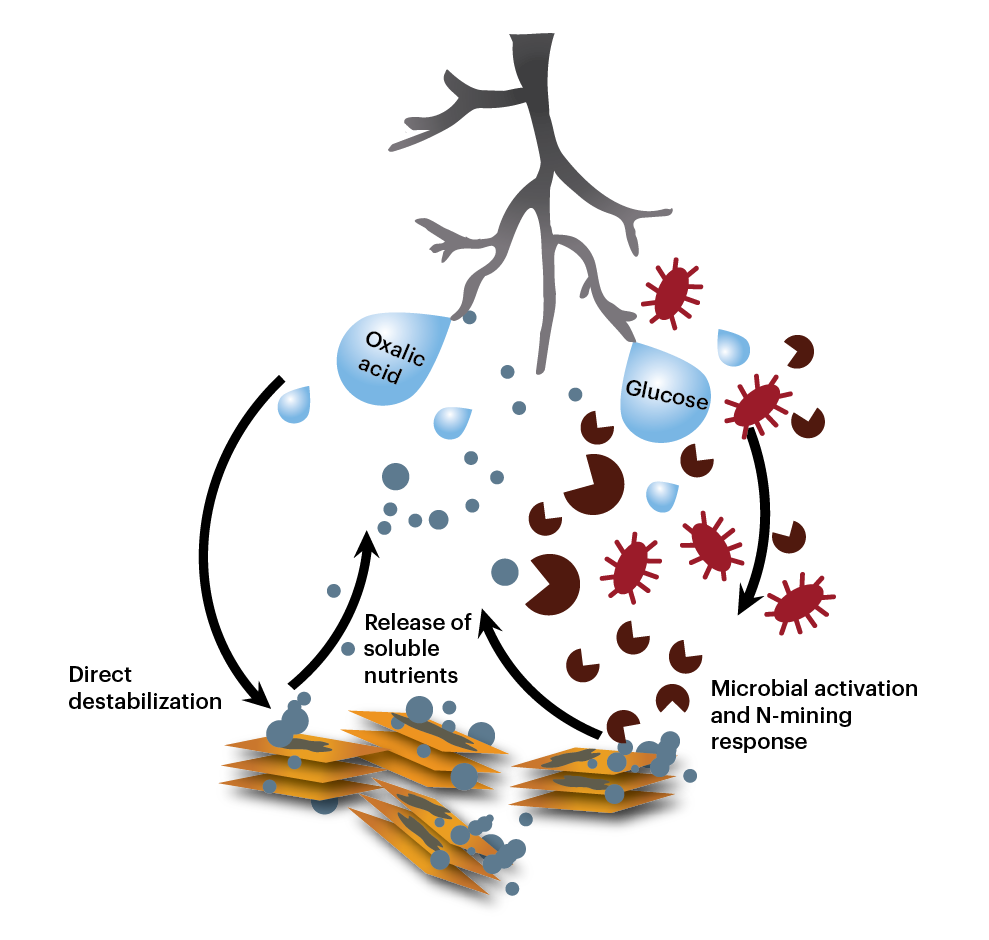Current Research
Research
Carbon and nitrogen dynamics in organic matter fractions under varying management regimes.
 The distribution of carbon and nitrogen across soil organic matter fractions serves
as an indicator for the nutrient-providing capacity of agricultural soils. Mineral-associated
organic matter stores the majority of soil carbon and nitrogen and may strongly influence
ecosystem productivity; how management influences the quantity, chemistry, and agronomic
relevance of organic matter fractions remains under-explored. We are interested in
how soil health management practices, such as reduced tillage and cover crops, influence
the nutrient storage and supply-potential of soil organic matter.
The distribution of carbon and nitrogen across soil organic matter fractions serves
as an indicator for the nutrient-providing capacity of agricultural soils. Mineral-associated
organic matter stores the majority of soil carbon and nitrogen and may strongly influence
ecosystem productivity; how management influences the quantity, chemistry, and agronomic
relevance of organic matter fractions remains under-explored. We are interested in
how soil health management practices, such as reduced tillage and cover crops, influence
the nutrient storage and supply-potential of soil organic matter.
The role of plant-microbe-mineral interactions in the carbon and nitrogen cycles.
Plant-soil interactions influence the nitrogen supply from soil to plant, but these feedbacks are often excluded from conventional approaches to measuring and predicting soil N availability. The presence of an active plant root in the soil can dramatically alter soil organic matter turnover dynamics. In particular, active roots can influence the rhizosphere such that it is biologically and chemically distinct from bulk soil environments. This effect is driven by the root-deposited compounds, known as exudates, such as carbohydrates, organic acids, and amino acids. We are interested in how exudates influence the formation and turnover of soil carbon and nitrogen within soil organic matter fractions, with a particular focus on mineral-associated organic matter. We employ 13C and 15N-based techniques to examine the influence of plant-microbe-mineral interactions on soil nitrogen supply and crop nitrogen use efficiency.
The mediating effect of soil type and mineralogy on management responses.
We are exploring how soil geochemical properties influence soil carbon and nitrogen storage and rhizosphere priming potential in managed systems. We are currently working within a long-term fertility experiment at Oklahoma State University and as well as at sites within the Oklahoma Mesonet environmental monitoring network.

